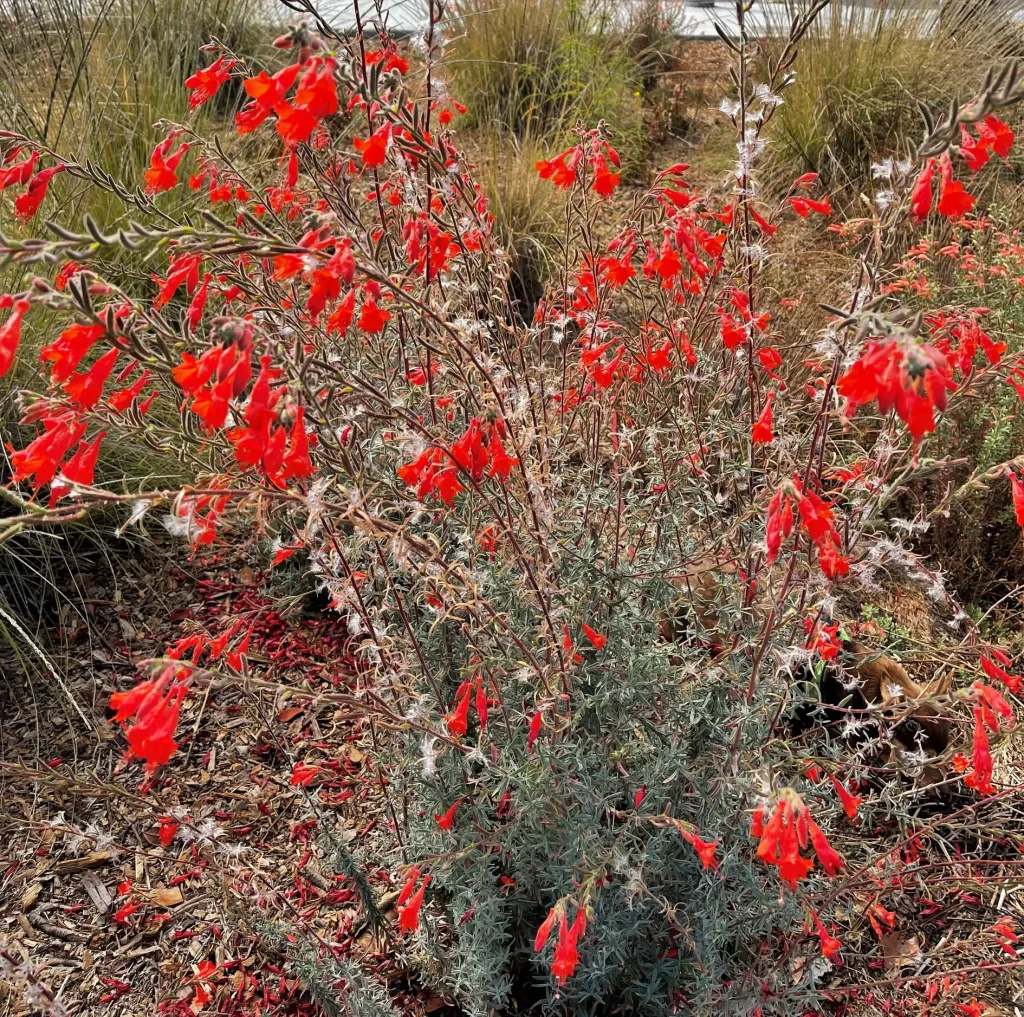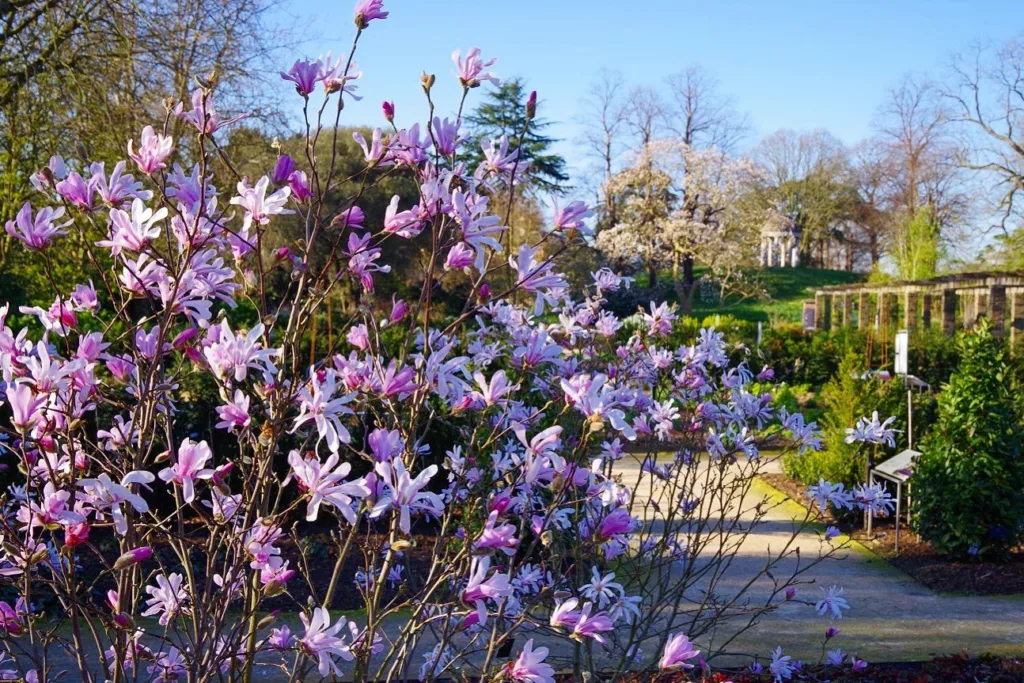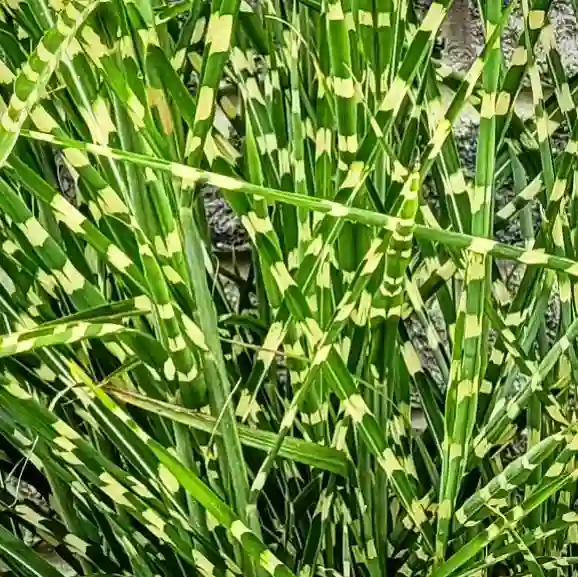FAQs About Centrosema Virginianum: Everything You Need to Know
Centrosema Virginianum, also known as the Virgin’s Bower, is a fascinating plant with various uses and characteristics that intrigue gardeners and plant enthusiasts alike. If you’re considering adding this plant to your collection or simply curious about it, here are some frequently asked questions about Centrosema Virginianum.
What Is Centrosema Virginianum?
Centrosema Virginianum is a perennial vine belong to the Fabaceae family, native to the southeastern United States. It is known for its attractive, showy flowers that can add a splash of color to any garden. The plant features heart-shaped leaves and produces clusters of purple or violet flowers, which bloom in late summer and fall. It is commonly found growing in woodland areas, making it an excellent choice for naturalizing garden spaces.
Plant Family: 796 Genera in Fabaceae
Is Centrosema Virginianum Edible?
One of the common questions about Centrosema Virginianum is whether it is edible. The short answer is no; Centrosema Virginianum is not considered edible. While some plants in the Centrosema genus are used for various purposes, this particular species is not known for having edible parts. It’s always best to consult with a knowledgeable source or local expert before consuming any wild plant.
How to Care for Centrosema Virginianum?
Caring for Centrosema Virginianum is relatively straightforward, making it a great addition to your garden. Here are some care tips:
- Sunlight: This plant thrives in partial to full shade, which mimics its natural woodland habitat. It can tolerate some direct sunlight but prefers indirect light.
- Soil: Centrosema Virginianum prefers well-draining soil. It can adapt to a variety of soil types but does best in rich, loamy soil.
- Watering: Regular watering is essential, especially during dry periods. Keep the soil consistently moist but not waterlogged.
- Pruning: Prune the plant to control its growth and remove any dead or damaged stems. This will encourage healthy new growth and more abundant flowering.
How to Propagate Centrosema Virginianum?
Propagating Centrosema Virginianum can be done through several methods:
- Seed Propagation: Collect seeds from mature plants and sow them in a well-prepared seedbed. They usually germinate within a few weeks.
- Cuttings: Take cuttings from healthy plants, preferably in the spring or early summer. Dip the cuttings in rooting hormone and plant them in a moist, well-draining medium.
- Division: Divide the root clumps in early spring or fall. This method works well for established plants and helps to rejuvenate them.
What to Plant With Centrosema Virginianum?
When planting Centrosema Virginianum, consider pairing it with other shade-loving plants to create a harmonious garden space. Some good companions include:
- Hostas: Their large leaves complement the foliage of Centrosema Virginianum.
- Ferns: Provide a lush, green backdrop that contrasts nicely with the plant’s flowers.
- Astilbes: Their feathery flowers add texture and color that complement Centrosema Virginianum.
Can You Grow Centrosema Virginianum Indoors?
While Centrosema Virginianum is primarily an outdoor plant, you can grow it indoors with the right conditions. Ensure it has access to bright, indirect light, and provide a well-draining potting mix. Keep the indoor humidity levels high and monitor for pests that might affect the plant.
Is Centrosema Virginianum Toxic?
Centrosema Virginianum is not known to be toxic to humans or pets. However, it’s always wise to keep any plant out of reach of children and animals, just in case. If you suspect that someone or something has ingested part of the plant, consult a medical professional or veterinarian immediately.
Benefits of Centrosema Virginianum
Centrosema Virginianum offers several benefits:
- Aesthetic Appeal: The plant’s vibrant flowers and lush foliage make it an attractive addition to any garden.
- Wildlife Friendly: Its flowers attract pollinators such as bees and butterflies, making it a great choice for a wildlife-friendly garden.
- Low Maintenance: Once established, Centrosema Virginianum requires minimal care, making it ideal for gardeners looking for an easy-to-maintain plant.
Common Problems with Centrosema Virginianum
While Centrosema Virginianum is generally hardy, it can face a few issues:
- Pests: Watch for aphids and spider mites, which can occasionally infest the plant. Regular inspection and proper pest control methods can help manage these issues.
- Diseases: Overly wet conditions can lead to fungal diseases. Ensure proper drainage to prevent such problems.
- Growth Control: This plant can become quite vigorous. Regular pruning and careful placement can help manage its growth.
Comparing Centrosema Virginianum with Similar Plants
Centrosema Virginianum is often compared with other vining plants like Clematis and Wisteria. Unlike Clematis, which has a broader range of flower colors and larger blooms, Centrosema Virginianum is more suited to shaded environments. It also differs from Wisteria, which is known for its much larger, cascading flower clusters. Both Clematis and Wisteria require more sunlight and are generally more demanding in terms of care.
In conclusion, Centrosema Virginianum is a beautiful and versatile plant that can enhance your garden with minimal fuss. Whether you’re interested in its aesthetic appeal, its role in attracting wildlife, or simply looking for a low-maintenance addition to your garden, this plant is worth considering.
If i die, water my plants!



